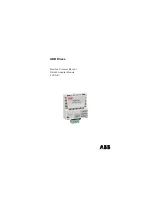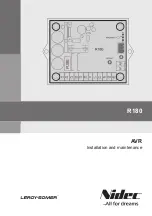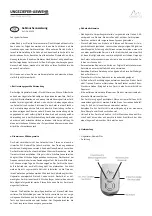
WizFi210
Programmers’ Guide
(WIZnet Co., Ltd.)
4-42
The network destination, or destination source, for a given data packet is established by means
of a Connection Identifier, and represented as a single hexadecimal number. Data is transferred
on a per CID basis. Data is normally buffered until the end-of-data escape sequence is received.
However, if the amount of data exceeds the size of the data buffer, the data received, thus far, is
sent immediately. The data buffer size depends on the implementation, but is usually one MTU.
4.3.2.
Escape Sequences
4.3.2.1.
Sending data using Escape Sequence
Escape Sequence
Description
<Esc>S<CID><data>
10
<Esc>E
This escape sequence selects the specified Connection ID as
the current connection. Use this sequence to send data to a
TCP server, TCP client or UDP socket in WizFi210/220.
Example:
To send user data (e.g. Hello) on CID 1, the format will be:
<Esc>S1Hello<Esc>E
<Esc>Z<CID><data length><data>
To improve data transfer speed, user can use this bulk data
transfer. This sequence is used to send data on TCP client,
TCP server or UDP socket in WizFi210/220.
<data length> is always 4 bytes
, and
last <ESC> and ‘E’
character is omitted
because user will receive data up to
specified byte count at <data length>
Example:
To send user data (e.g. Hello) on CID 1, the format will be:
<Esc>Z10005Hello
<Esc>U<CID><IP
Address>:<port>:<data><Esc>E
When this command is used, the remote address and
remote port is transmitted.
WizFi210 expects to receive the following data sequence
from Host:
<Esc>U<CID><IP Address>:<port>:<data><Esc>E
10
If you have some <ESC>(0x1B in Hex) in your data to send, you have to add to it with one more
<ESC>. So
We recommend you use Bulk data transfer mode.
















































